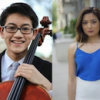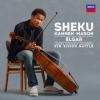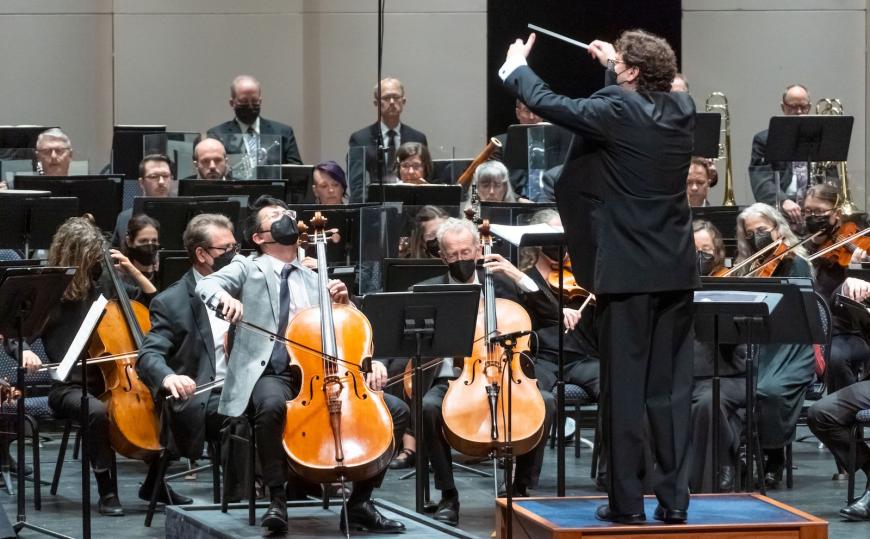
It was 12 years ago that 17-year-old Bay Area cellist Nathan Chan teamed up with conductor Donato Cabrera and the San Francisco Symphony Youth Orchestra to perform the Shostakovich Cello Concerto.
Now fast forward to 2022: Chan and Cabrera in collaboration again, this time with the esteemed California Symphony, of which Cabrera is music director. This weekend, Chan was the featured soloist in Elgar’s Cello Concerto at Walnut Creek’s Lesher Center.
Edward Elgar’s concerto was the English composer’s last major work, written in the year after World War I had drawn to its exhausted close. Badly premiered in a disastrously underrehearsed performance, the concerto had to wait decades to earn its current status as one of the great concertos for the instrument, a change due primarily to the advocacy and brilliant playing of another young cellist, Jacqueline du Pré, in the 1960s.
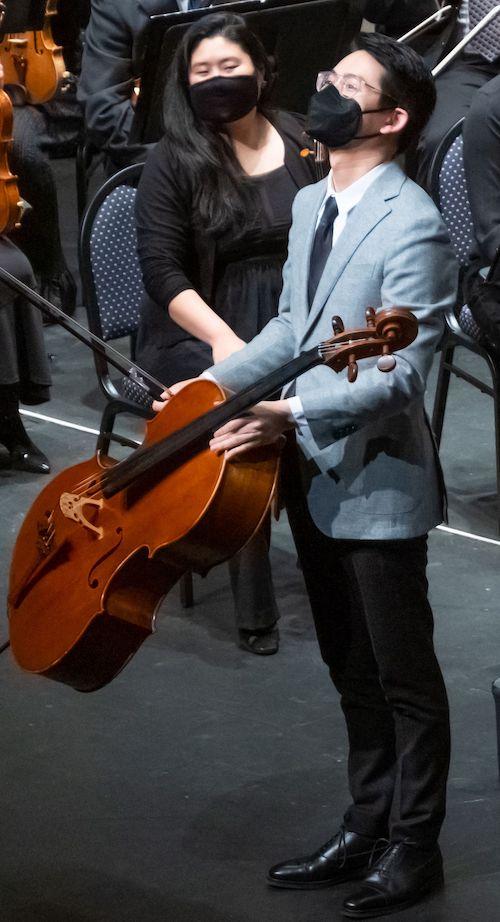
Listening again to this powerful work, I was struck by the paradox that, while it was composed by a man at the end of his life, it is a piece deeply imbued with youth — relentless energy and passionate intensity — both mercurial and brilliant. From the very beginning, the cello seizes our attention with a series of sweeping chords. From there on, the soloist never lets us go, through four movements and cascades of great melodies — and countless changes of tempo within those movements.
In a thrilling performance, Chan — who recently joined the Seattle Symphony — gave his all. Because the concerto is constantly in flux, it challenges the soloist to convince us of the rightness of each new tempo, dynamic, or emotion — and this Chan did with conviction and skill.
The chemistry between soloist and conductor was evident at every point, as Cabrera’s supple baton beautifully telegraphed Chan’s moves to the orchestra. When it mattered, the orchestra gave us a full, rich sound, but the players also responded deftly to Cabrera’s (and Elgar’s) signals for quieter playing, allowing the cello to be heard throughout.
As an encore, Chan gave a wow-inducing performance of Mark Summer’s jazzy Julie-O, drawing on pretty much every dazzling cello technique in the book.
In its promotional material, California Symphony billed this concert as an “Epic Finale” for the season. The Elgar alone would have been enough to justify the word “epic,” but the epithet was further confirmed by the sheer scope of the second half, dedicated to the massive Fifth Symphony of Peter Ilych Tchaikovsky. Some 45 minutes long, the symphony is technically and emotionally demanding, so kudos to the endurance and commitment of such fine players as those of the California Symphony!
The Tchaikovsky was a feast for COVID-isolated ears, accustomed to listening to music through headphones or on Zoom. Among the sonic delights were the rich chords of the brass section, a woodwind department that sparkled — especially in the manic waltzes of the third movement — and strings that raced up and down the scales with breathtaking bravura and apparent ease. Meredith Brown excelled in the second movement horn solo (the one that reminds us of “Annie’s Song” but was written long before John Denver).
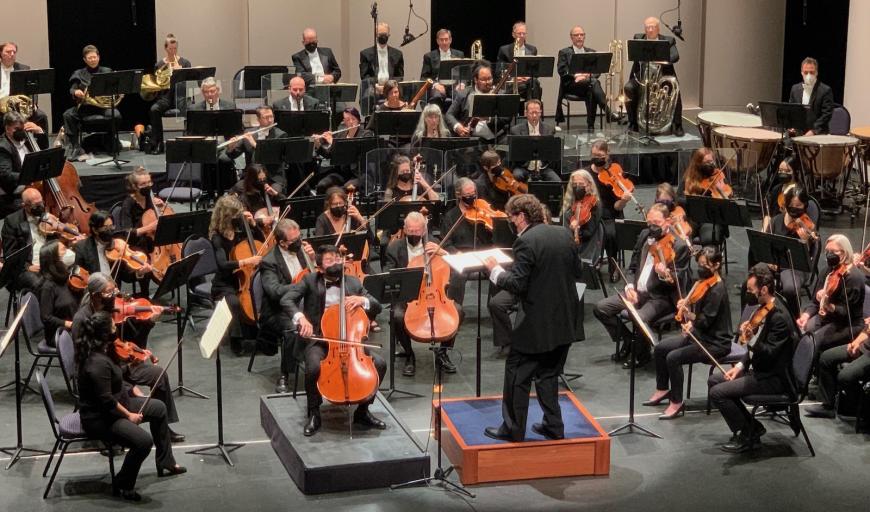
The concert opened with Next Week’s Trees, a premiere by Composer-in-Residence Viet Cuong, based on a poem by Mary Oliver. Cuong’s piece is composed in a minimalist aesthetic featuring repetitions of a few chord progressions. Like the poet, Cuong expresses optimism about the future (no small feat these days), but chooses not to delve into the subtle darkness that shades that optimism for Oliver.
California Symphony’s program for the 2022–2023 season, recently announced, promises more Elgar and Tchaikovsky, with an intriguing mixture of the familiar, the newly-revived, and the new.


